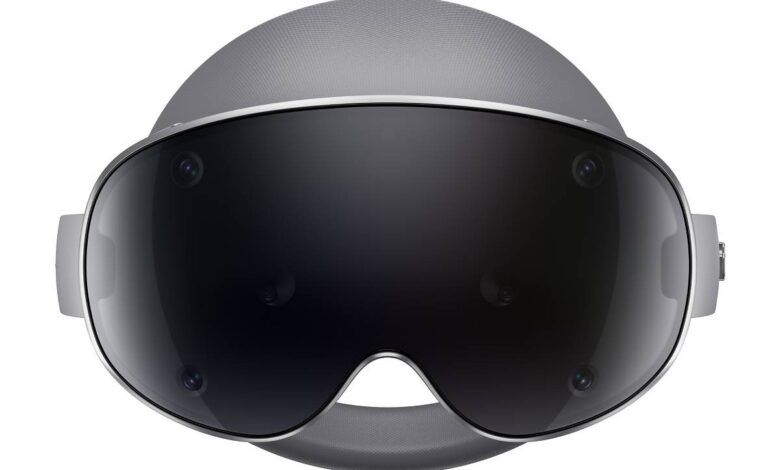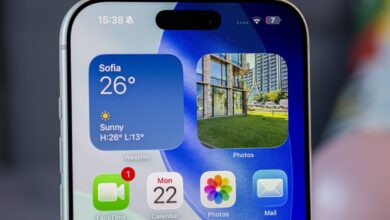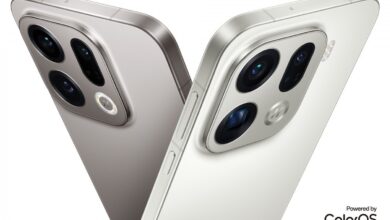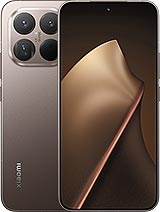Galaxy XR: Android’s Immersive Leap with Stunning Displays & Apps

Samsung, in collaboration with Google and Qualcomm, has unveiled the Galaxy XR headset, marking the initial foray into Android-based extended reality (XR) devices. This initiative, representing a strategic partnership among leading technology firms, aims to deliver a comprehensive range of XR form factors, including forthcoming AI-integrated glasses.
The Galaxy XR headset incorporates micro-OLED displays with a resolution of 3,552 x 3,840 pixels per eye, resulting in a total effective resolution of 27 megapixels. The device offers refresh rate options of 72Hz (default), 60Hz, and 90Hz, coupled with a horizontal field of view of 109 degrees and a vertical field of view of 100 degrees.
The headset features two external cameras designed for video passthrough functionality, enabling users to perceive the surrounding environment. These cameras are also capable of capturing 3D photographs and videos, utilizing 18mm f/2.0 wide-angle lenses and 6.5MP sensors. Furthermore, six outward-facing cameras facilitate inside-out tracking, eliminating the need for external tracking hardware, and also support hand-tracking input. Additional sensors include a depth sensor, five inertial measurement units (IMUs) comprising accelerometers and gyroscopes, and a flicker sensor optimized for artificial lighting conditions.
Internal features include four eye-tracking cameras for gaze detection and iris recognition, enabling device unlocking and application authentication. The headset design incorporates an adjustable interpupillary distance (54-70mm) and supports optical inserts for users requiring corrective lenses. A removable light shield is also included to enhance immersion in virtual reality (VR) applications.
The Galaxy XR headset weighs 545g with the forehead cushion, and a separate battery unit contributes 302g. The frame is designed to distribute weight across the forehead and the back of the head.
Powering the device is the Snapdragon XR2+ Gen 2 processor. This chipset offers a 20% increase in CPU performance and a 15% increase in GPU performance compared to the standard XR2 Gen 2, along with support for 12ms full-color video passthrough. It is coupled with 16GB of RAM and 256GB of storage. Battery life is up to 2.5 hours when watching 2D YouTube videos.
Android XR serves as an open platform, fully supporting existing Android applications. Developers can utilize OpenXR, WebXR, and Unity to create tailored experiences for the Galaxy XR and future XR devices.
Google’s Gemini AI is integrated into the platform, allowing users to interact with their environment and perform tasks through natural language processing. Functionality includes trip planning with Google Maps, YouTube video access, and contextual search through video passthrough.
The Galaxy XR headset also supports a variety of entertainment applications, including immersive streaming and XR gaming. Adobe has developed Project Pulsar, an XR video editor, and AI capabilities enable the conversion of 2D media into 3D formats.
Connectivity features include low-latency Wi-Fi 7 (802.11be) and Bluetooth 5.4. The headset incorporates six microphones for voice and environmental audio capture, along with two dual-way speakers (woofer and tweeter) for audio output.
The Samsung Galaxy XR is currently available in the United States and Korea, priced at $1,800.
Future developments include partnerships with Warby Parker and Gentle Monster for the development of AI-integrated eyewear.






